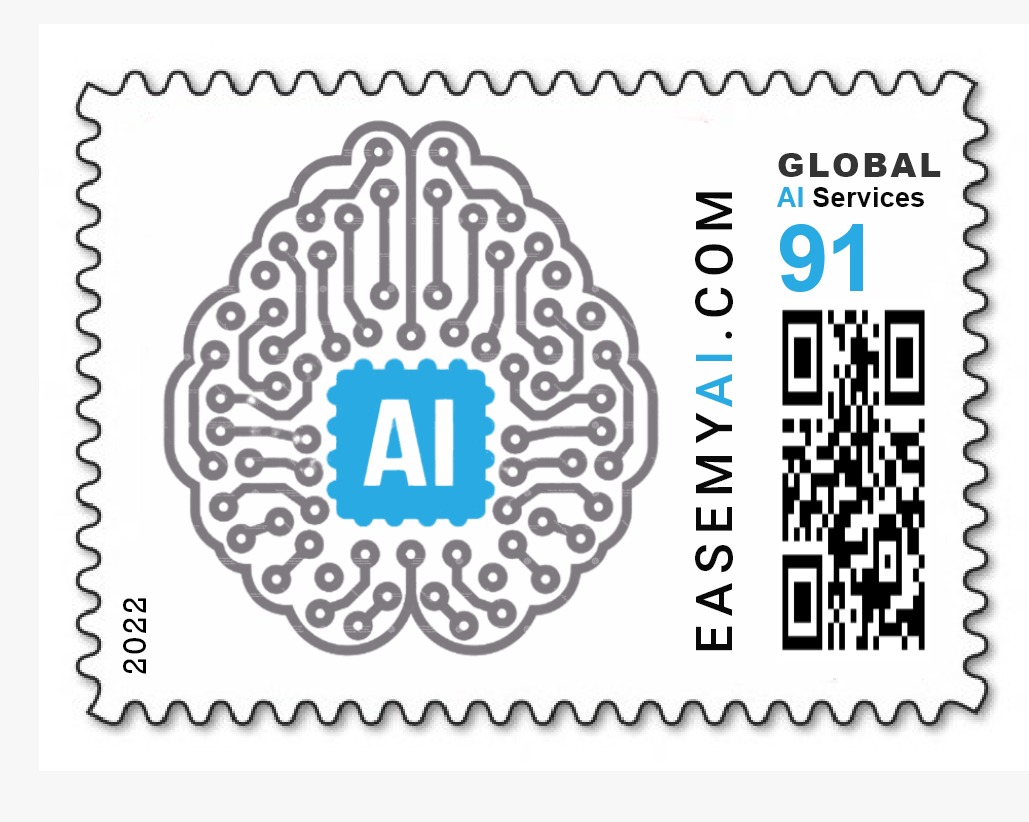What does the model detect?
This model detects and identifies potato leaf diseases in images.
What is the use of this model?
Farmers who grow potatoes suffer from serious financial losses each year due to several diseases that affect potato plants. The diseases Early blight and Late blight are most frequent. Early blight is caused by fungus and late blight is caused by specific microorganisms. If farmers detect this disease early and apply appropriate treatment then it can save the potato plants, minimize waste and prevent economical loss.
Approach to creating a model in Vredefort
Step 1 – Dataset Collection
We collected a dataset of 899 images from Kaggle.There are three classes ie. Healthy, Early Blight, and Late Blight.
Step 2 – Data Cleaning
After collecting the dataset, we uploaded it on Vredefort. Vredefort automatically cleans the data by removing the corrupt images and resizing them to a suitable resolution.
Step 3 – Data Annotation
The computer learns to detect objects from images through a process of labeling. Thus, we drew boxes around the concerned objects and labeled them as healthy/early blight/late blight accordingly.
We annotated 899 images using the inbuilt Vredefort tool.
Annotation Rules – (Keep them in mind for better detection)
⦁ Skip the object if it is in motion or blur.
⦁ Precisely draw the bounding box on the object.
⦁ Bounding boxes should not be too large.
[Optional] Step 4 – Tuning Parameters
If you register as a developer and developer mode is on, you can modify the number of epochs, batch size per GPU, neural network model, etc. In case of no user inputs, the settings will change to default.
Step 5 – Training
The training process takes place automatically with a single click.
Evaluation of the model
After training, we can evaluate the model.
In evaluation, there are two parts. The first is accuracy and the second is to play inference videos. Vredefort enables us to obtain total model accuracy and class-wise accuracy. In this case, three classes are present. We achieved 90% model accuracy.
Individual class accuracy is 94% for Healthy, 92% for Early blight, and 86% for Late Blight.
A new video for inference
We made a video from test dataset images and used it for interference. If the developer mode is on, it will ask to set confidence. You can set it as per your convenience. Here we set 0.1 [10%] confidence.
Model download and transfer learning from unpruned model
Vredefort provides one more feature to get the accuracy of the model. It allows you to download the model and dataset for further applications(like adding logic to your model). If you have downloaded model files, you can use the unpruned model (click here to
know more about the unpruned model) for different datasets and save training time. You
can generate alerts and write use-cases with that model.
Any challenges faced
None
Limitations
⦁ The model will work best where one leaf per frame is present in images or videos.
⦁ It will struggle to detect wherever a bunch of leaves is present in images/videos.
Improvements
For more accuracy, collect the dataset from different angles and balance the dataset for both classes by reducing the mismatch in the number of images. You need not worry about class imbalance if images in your dataset are balanced for all classes.
Model Details
Model Name – Potato leaf disease Detection
Dataset Images – 899
Number of Labels – 3
Label name and count – Healthy (299), Early Blight (300), Late Blight (300)
Accuracy – 90%
Class Accuracy – Healthy (94%), Early Blight (92%), Late Blight (86%)
Download Links
Dataset Download – Download here
Model Download Link – Download here
Inference Video Link – Download here
Author:

